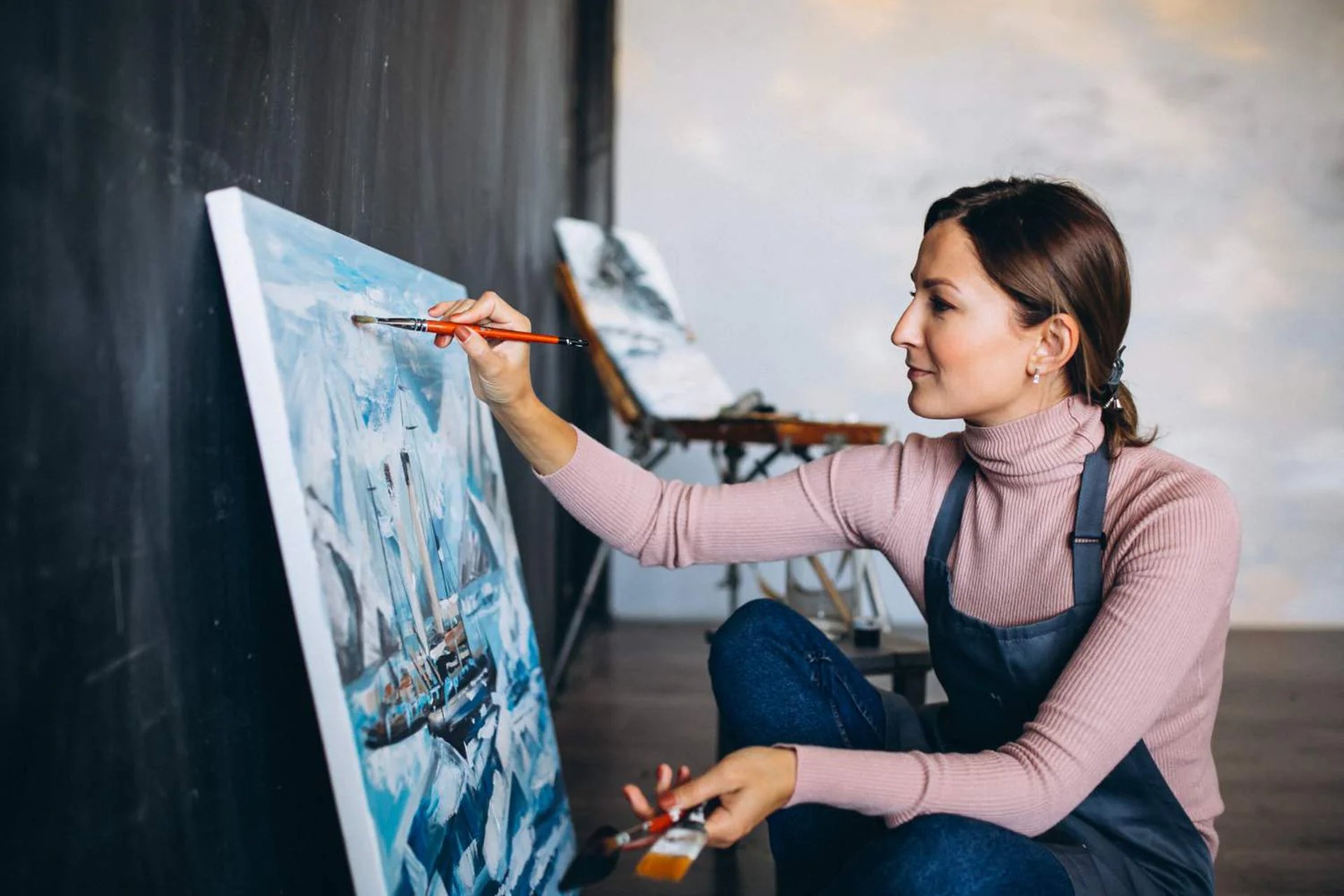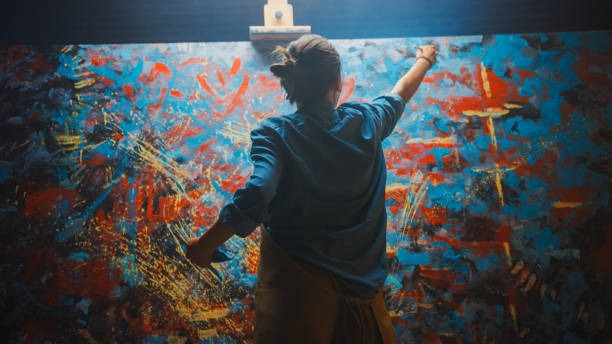
The Rise of Feminine Force in Latin American Art
In recent years, we have witnessed a subtle yet profound transformation in the Latin American art landscape: the steady emergence of a feminine force that does not shout to be heard. It is a presence that doesn’t seek to compete, but rather asserts itself with quiet confidence. It does not aim to displace, but to inhabit the space that has always belonged to it.



An aesthetic that does not ask for permission
Unlike past movements characterized by urgency and confrontation, the feminine force rising today does not impose itself through rebellion, but through lucidity.
Painters, sculptors, video artists, embroiderers, performers — they defy categorization. Their power lies not in a common medium, but in the quiet conviction with which they reshape our cultural landscape.
In this context, “feminine” is not merely a gender — it is a sensibility. A way of seeing and of being seen, drawing upon the body, memory, heritage, domestic life, and spirituality — not as isolated themes, but as refined and politically charged territories.
Between the intimate and the collective
Artists such as Teresa Margolles, who turns absence into substance; Cecilia Vicuña, who weaves time through language and fiber; or newer voices like Tania Candiani, Pía Camil, and Nohemí Pérez, inhabit a space between the intimate and the collective, the ancestral and the visionary.
Their work does not scream. Nor does it whisper. It speaks with the calm conviction of someone who has waited too long to be heard.
And within that balance — between beauty and wound, between minimal gesture and symbolic architecture — a new Latin American canon is emerging. One in which the feminine experience is not an exception, but the center.
Collectors are beginning to look differently
The collector’s gaze is shifting. What was once seen as peripheral or alternative is now perceived as essential.
The international market is beginning to acknowledge not only the aesthetic but also the historical and cultural value of these voices. And with that recognition comes responsibility: not to turn them into a trend, but to ensure their permanence.
The feminine is not a fad. It is finally returning home.
The gallery as a space for revalorization
As a gallery, we take great care and pride in offering these artists not just a platform, but meaningful support.
Because representing an artist is not simply about exhibiting their work — it is about entering their world, respecting their process, and safeguarding their creative, legal, and symbolic integrity.
Art does not change the world through speeches, but through presence. And today, the feminine presence in Latin American art is both urgent and enduring.
Conclusion
The feminine force rising in Latin American art does not require explanation — it is felt.
In every brushstroke, in every silence, in every curatorial decision, lies a narrative that can no longer be postponed.
It is time to look again — and to listen, differently.



